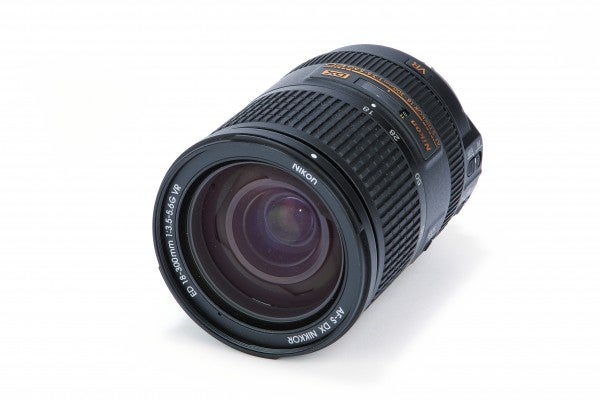Nikon AF-S DX 18-300mm - a high-powered 16.7x superzoom for Nikon DX DSLRs
Nikon AF-S DX NIKKOR 18-300mm f/3.5-5.6G ED-IF VR Review
By far the most impressive thing about this lens is its almost 17x zoom range – the longest we’ve seen from any superzoom to date. As such it can easily be viewed as a genuine all-in-one zoom provided that a wide maximum aperture is not required.
The incorporation of Nikon’s second-generation vibration reduction technology (VR II) means wide apertures are not needed for exposure purposes but they may still be missed for creative reasons as their absence limits the ability to use selective-focusing techniques.
As well as being expensive there is no escaping the fact that this is a heavy and rather bulky lens – even though, as Nikon claims on its website, it can still be considered to be “compact and lightweight” for a zoom with such a wide focal-length range. Nevertheless, handling is good thanks to a very broad zoom ring at the front of the lens and internal focusing, which means there is no need to keep fingers clear of the focusing ring in AF mode.
The two rings are separated by a focused-distance window and a lock that secures the lens at its 18mm setting. To the rear of the lens are sliders to change the focusing mode and to activate and set the VR system. Everything falls neatly to hand although it would be more comfortable (albeit totally impractical) if the two sets of sliders were swapped, with the lens lock moving to the rear and the AF and VR sliders coming forwards.





